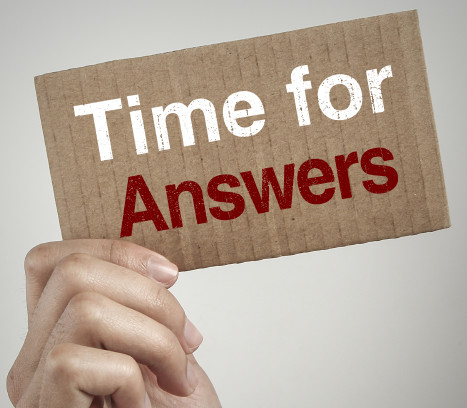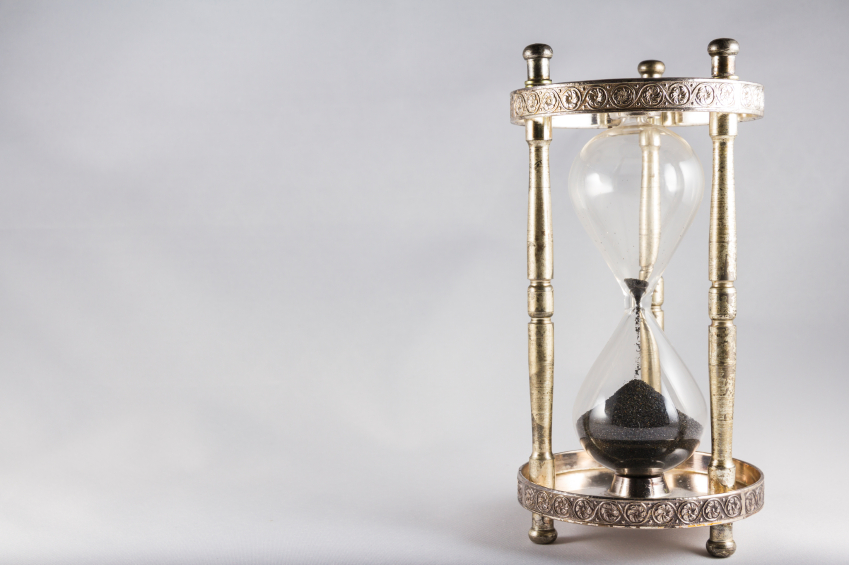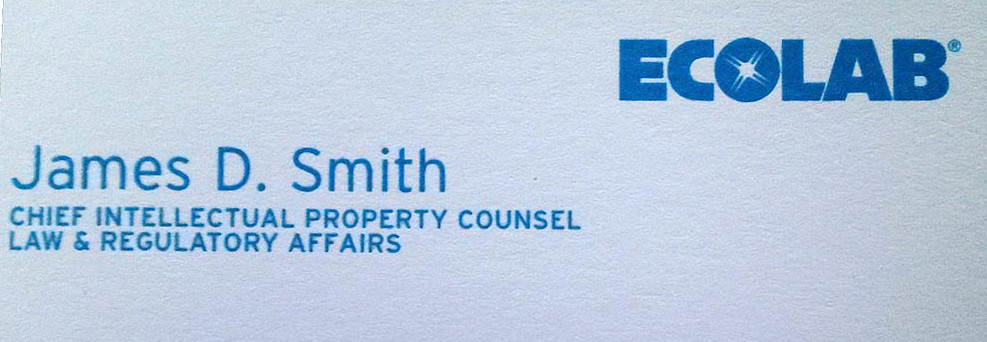In many cases brought before the Board, the Petitioner is defending against a real-party-in-interest challenge. In Acxiom v. Phoenix Licensing, LLC, CBM2015-00134 et seq., which involved a covered business method review, the Petitioner was attempting to show that it was a real party in interest, and it failed.
In Acxiom, the Petitioner claimed that it was a real-party-in-interest or privy to third parties that had been sued for infringement of the subject patents.… More













